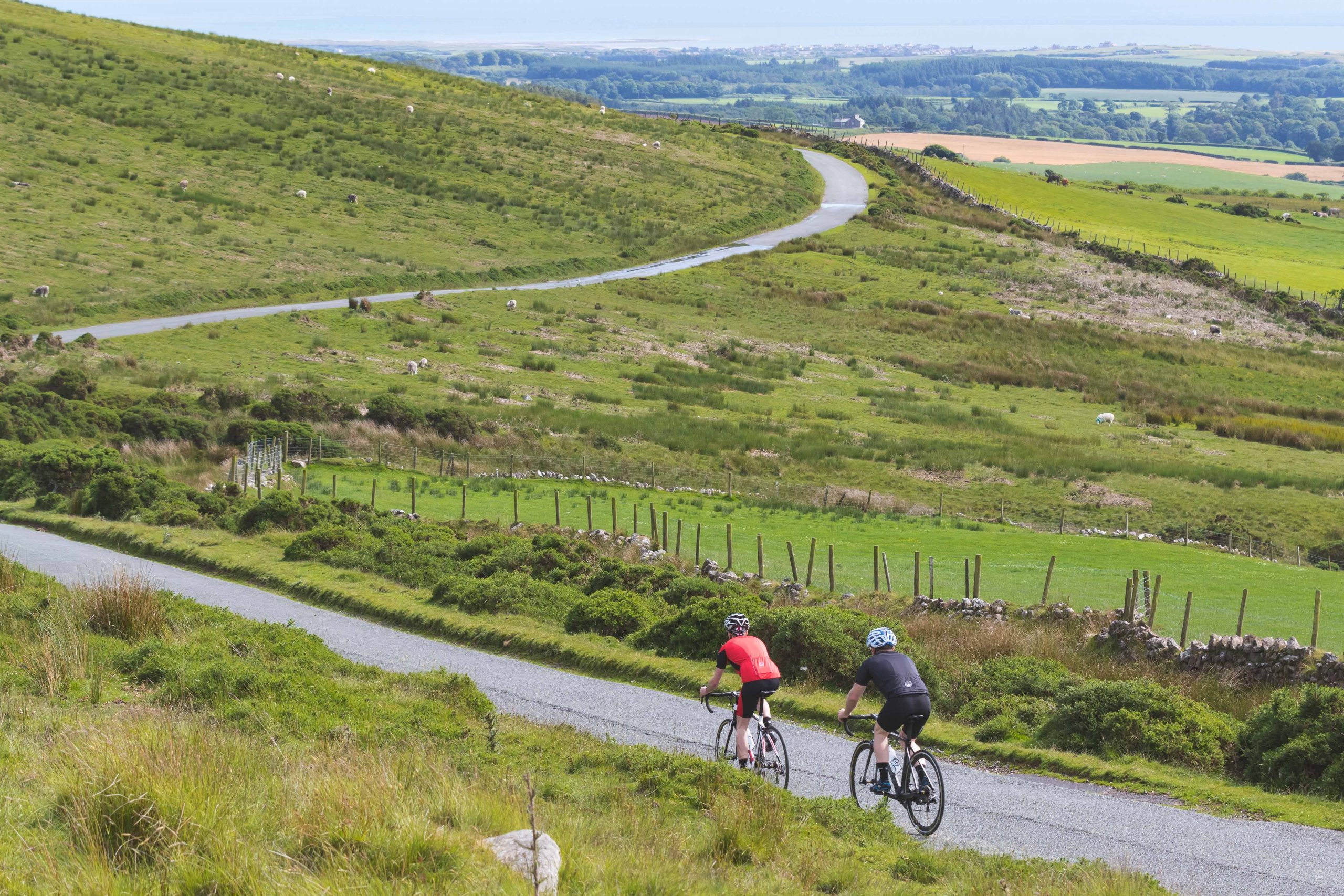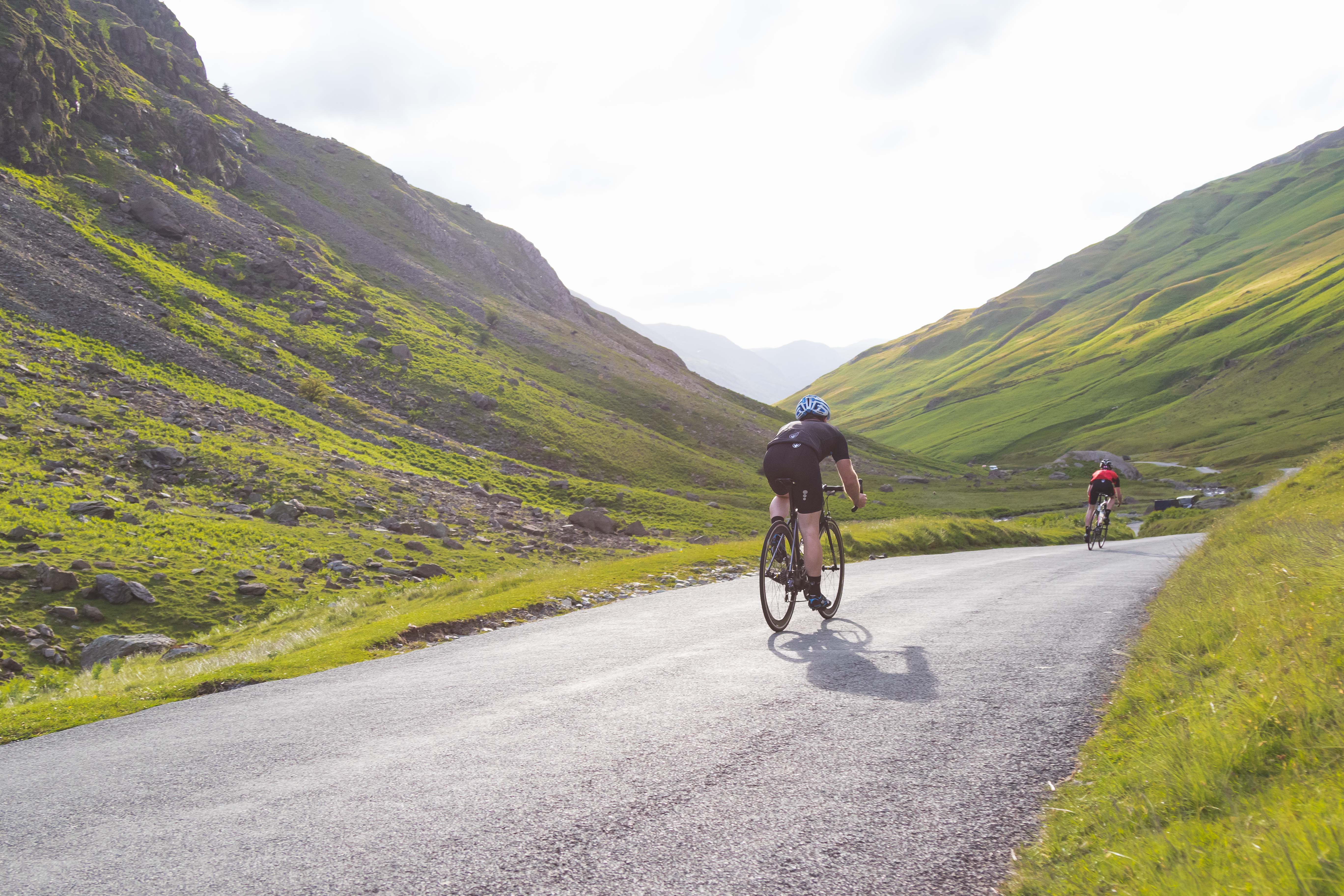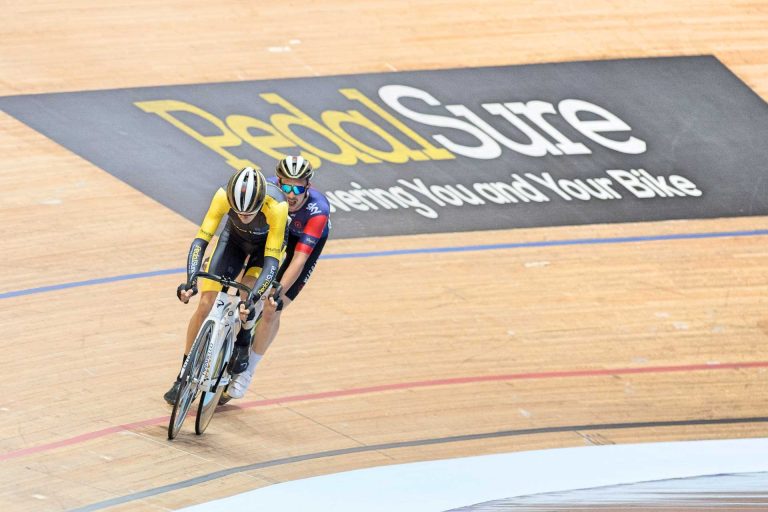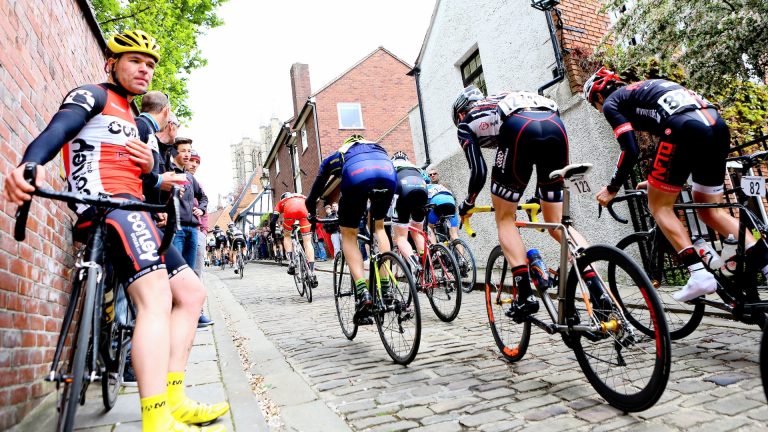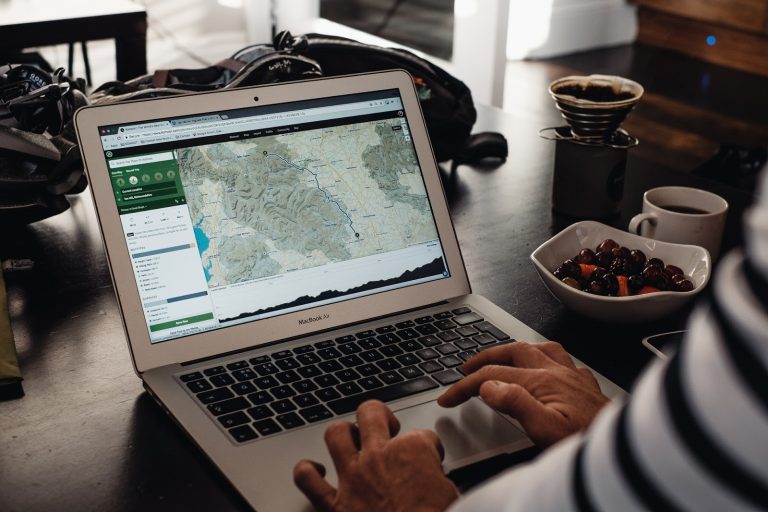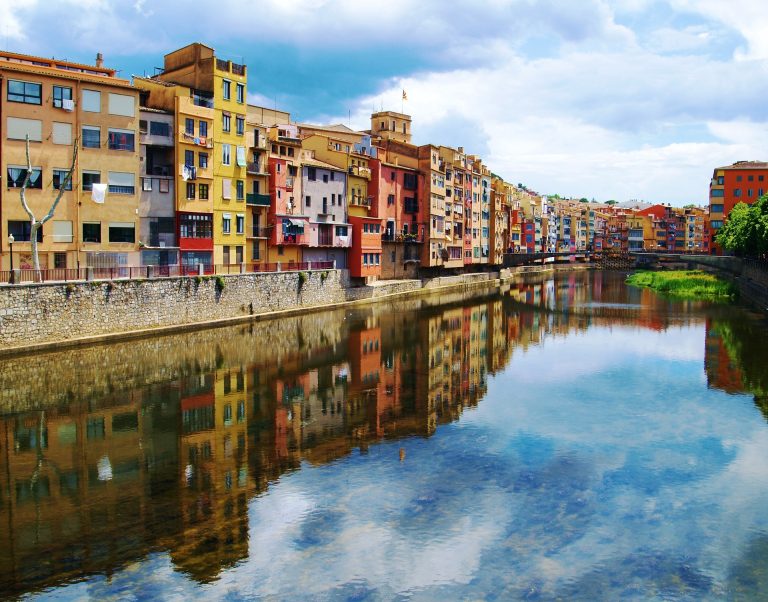The Lake District. Even the name is evocative of stunning vistas – high mountain peaks, glacial lakes and deep lakes.
With some of the toughest roads out there, the Lake District is also one of the UK’s must-ride regions – if you want to test your legs, you’ve come to the right place.

It is little wonder the Tour of Britain makes a point of visiting the region regularly. With the climbs usually proving to be disruptive to the race, they’re developing a reputation all of their own within world cycling.
– RCUK’s Best of British: the Lake District –
So if you’re planning on a visit to the Lake District and are able to take your bike along, check out these climbs that we think should be on your ‘must-ride’ list.

